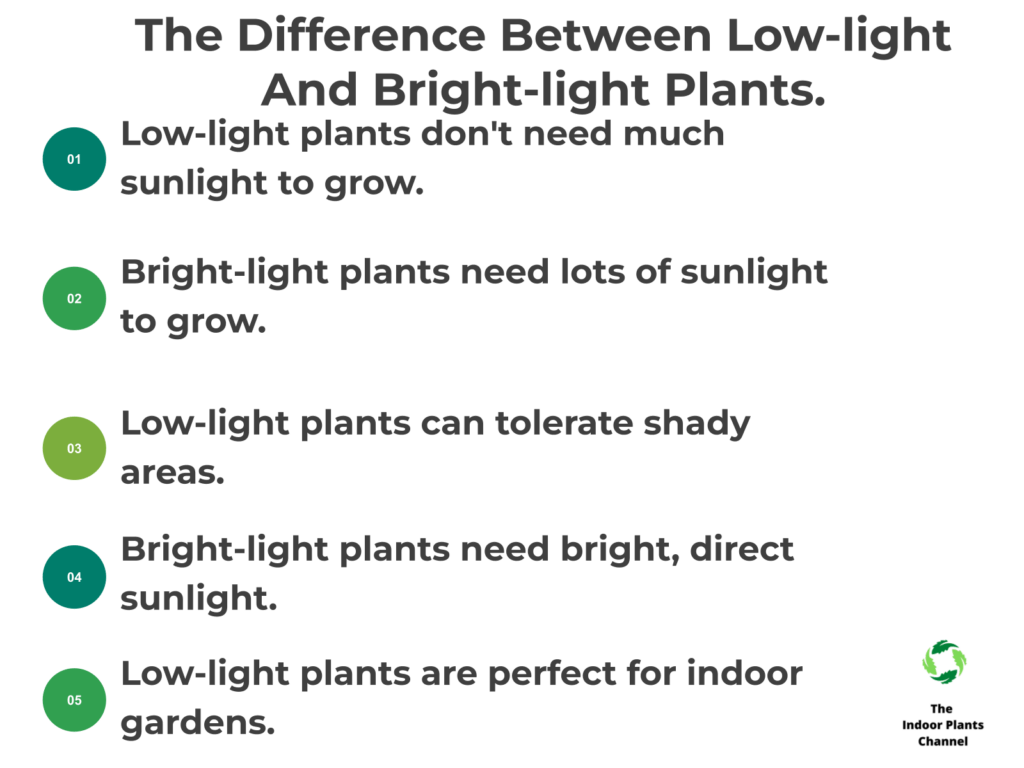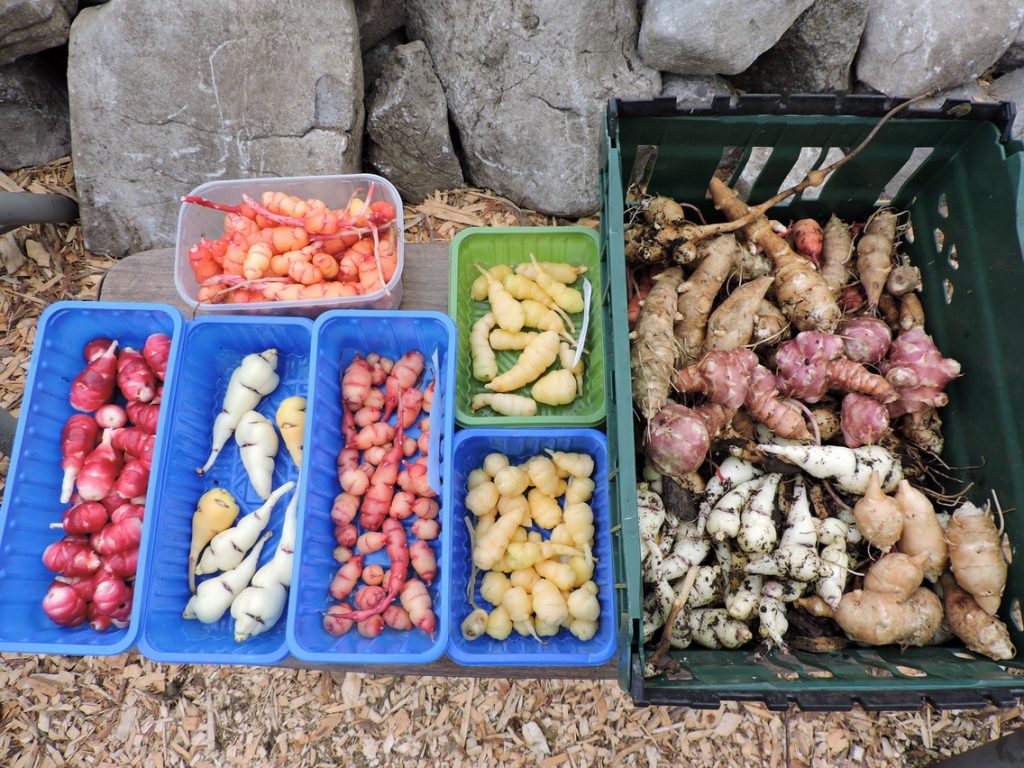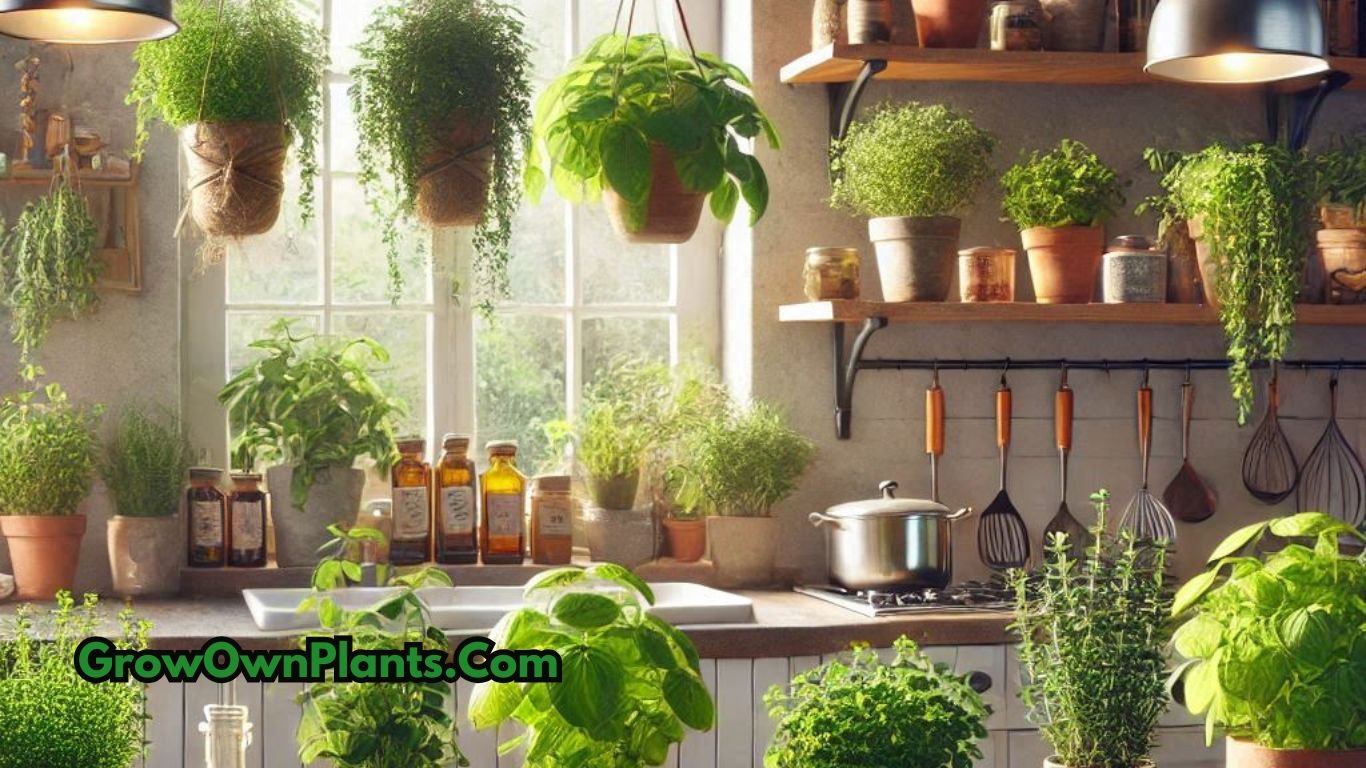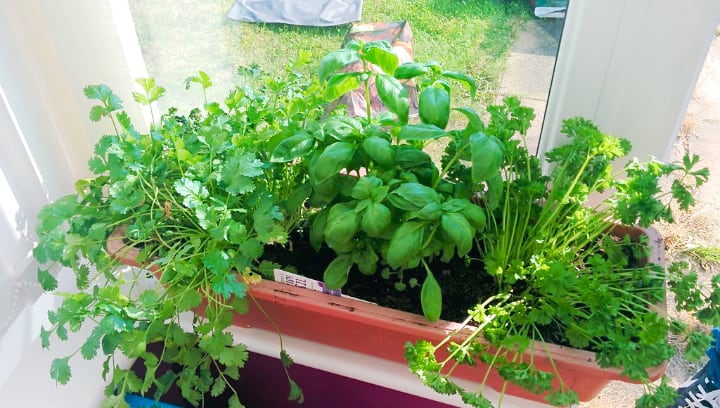
Introduction: Embracing the Shade – The Art of Low-Light Gardening
Let’s face it, not all of us are blessed with sun-drenched homes and sprawling gardens. Many apartments, offices, and even houses suffer from a distinct lack of natural light. But fear not, fellow plant enthusiasts! Low light doesn’t have to mean a plant-less existence. In fact, many plants thrive in these shadier environments, adding a touch of greenery and life to even the darkest corners. This comprehensive guide will walk you through everything you need to know about choosing the perfect plants for low-light conditions, transforming your space into a verdant oasis, regardless of the amount of sunshine it receives.
We’ll delve into understanding what ‘low light’ actually means, explore a plethora of plant options suited for these conditions, and provide practical tips on care and maintenance. Get ready to unlock the secrets of low-light gardening and bring the beauty of nature indoors, even where the sun rarely shines.
Understanding Low Light: What Does It Really Mean?
Before we jump into plant selection, it’s crucial to understand what constitutes ‘low light.’ It’s not the same as complete darkness, which no plant can survive. Low light generally refers to areas that receive minimal direct sunlight, perhaps only a few hours in the early morning or late afternoon. Think of rooms with north-facing windows, hallways, or spaces far from a window. These areas might seem dim to us, but they can be perfectly habitable for certain plant species.
Measuring Light Levels: A Practical Approach
While sophisticated light meters exist, a simple observation can tell you a lot. Can you comfortably read a book in the area without turning on a light during the day? If so, it’s likely a low-light environment. Consider the distance from the window; the further away, the lower the light intensity. Also, be aware of obstructions like buildings or trees that might block sunlight.
Debunking the Myths: Low Light Isn’t No Light
It’s important to reiterate that low light isn’t synonymous with no light. All plants need some light to photosynthesize, the process by which they convert light energy into food. Even shade-loving plants require a certain amount of indirect light to survive and thrive. If your space is truly devoid of natural light, you might consider using grow lights to supplement their needs.
Top Plants for Low Light Conditions: A Gardener’s Compendium
Now for the exciting part: exploring the vast array of plants that flourish in low-light environments. This section provides a detailed overview of some of the most popular and reliable choices, along with their unique characteristics and care requirements.
The Classic Choices: Proven Performers
- Snake Plant (Sansevieria trifasciata): Also known as Mother-in-Law’s Tongue, the Snake Plant is practically indestructible. It tolerates neglect, drought, and, of course, low light. Its striking, upright foliage adds a modern touch to any space. It’s also an excellent air purifier.
- ZZ Plant (Zamioculcas zamiifolia): The ZZ Plant is another low-maintenance champion. Its glossy, dark green leaves are incredibly resilient, and it can survive for extended periods without water. It’s perfect for forgetful plant owners.
- Peace Lily (Spathiphyllum): The Peace Lily is known for its elegant white flowers and air-purifying abilities. While it prefers bright, indirect light, it can tolerate low-light conditions, although it may produce fewer flowers. It droops dramatically when it needs water, making it easy to know when to hydrate it.
- Cast Iron Plant (Aspidistra elatior): As the name suggests, the Cast Iron Plant is incredibly tough. It can withstand neglect, temperature fluctuations, and, you guessed it, low light. Its lush, dark green foliage adds a touch of classic elegance.
The Foliage Favorites: Textural Wonders
- Pothos (Epipremnum aureum): Pothos, also known as Devil’s Ivy, is a versatile trailing plant that comes in various colors and patterns. It’s easy to propagate and can be grown in hanging baskets, on shelves, or trained to climb. It’s very adaptable to different light conditions.
- Prayer Plant (Maranta leuconeura): The Prayer Plant is named for its leaves, which fold upwards at night, resembling praying hands. Its colorful, patterned foliage adds a touch of drama to any space. It prefers low to medium light and consistent moisture.
- Calathea: Calatheas are known for their stunning, intricately patterned leaves. They come in a wide variety of colors and shapes, making them a popular choice for adding visual interest. They prefer low to medium light and high humidity.
- Chinese Evergreen (Aglaonema): Chinese Evergreens are available in a wide range of colors and patterns, from deep green to silver and pink. They’re relatively easy to care for and tolerate low-light conditions.
The Flowering Beauties: Adding a Touch of Color
- African Violet (Saintpaulia): African Violets are known for their charming, velvety leaves and delicate flowers. They prefer bright, indirect light but can tolerate low light if supplemented with artificial light.
- Bromeliads: Bromeliads are tropical plants with vibrant, long-lasting flowers. They prefer bright, indirect light but can tolerate low light for short periods.
- Orchids (Phalaenopsis): While some orchids require bright light, Phalaenopsis orchids, also known as moth orchids, can tolerate low-light conditions. They produce elegant, long-lasting flowers in a variety of colors.
Caring for Low Light Plants: Nurturing Your Indoor Garden
Choosing the right plants is only half the battle. Proper care and maintenance are essential to ensure their long-term health and vitality. Here are some key tips for caring for your low-light plants:
Watering Wisely: Avoiding Overwatering
Overwatering is one of the most common mistakes people make when caring for houseplants, especially in low-light conditions. Because plants in low light photosynthesize less and grow slower, they require less water. Allow the top inch or two of soil to dry out completely before watering again. Use your finger to check the soil moisture. When you do water, water thoroughly until water drains out of the drainage holes.
Soil Selection: Providing the Right Foundation
Use a well-draining potting mix that is specifically formulated for houseplants. This will help prevent waterlogging and root rot. Avoid using garden soil, as it can compact and retain too much moisture.
Fertilizing Frugally: Less is More
Plants in low light require less fertilizer than those in bright light. Fertilize sparingly, only during the growing season (spring and summer). Use a balanced liquid fertilizer diluted to half strength. Avoid fertilizing during the dormant season (fall and winter).
Humidity Hacks: Creating a Tropical Oasis
Many low-light plants, especially those with tropical origins, prefer high humidity. If your home is dry, you can increase humidity by misting your plants regularly, placing them on a pebble tray filled with water, or using a humidifier.
Cleaning the Leaves: Maximizing Light Absorption
Dust can accumulate on plant leaves, blocking sunlight and hindering photosynthesis. Wipe the leaves regularly with a damp cloth to keep them clean and allow them to absorb as much light as possible.
Rotating Regularly: Ensuring Even Growth
Even in low-light conditions, plants will tend to grow towards the light source. Rotate your plants regularly to ensure even growth and prevent them from becoming lopsided.
Pest Patrol: Keeping Unwanted Guests at Bay
While low-light plants are generally less susceptible to pests than those in bright light, it’s still important to inspect them regularly for signs of infestation. Common houseplant pests include spider mites, mealybugs, and aphids. Treat infestations promptly with insecticidal soap or neem oil.
Troubleshooting Common Problems: Addressing Plant Ailments
Even with the best care, problems can sometimes arise. Here are some common issues you might encounter with low-light plants and how to address them:
Yellowing Leaves: Identifying the Cause
Yellowing leaves can indicate a variety of problems, including overwatering, underwatering, nutrient deficiencies, or pest infestations. Check the soil moisture, inspect for pests, and adjust your watering and fertilizing accordingly.
Brown Leaf Tips: Battling Dry Air
Brown leaf tips are often a sign of low humidity. Increase humidity by misting, using a pebble tray, or investing in a humidifier.
Leggy Growth: Craving More Light
Leggy growth, characterized by long, spindly stems and sparse leaves, indicates that the plant is not receiving enough light. Move the plant to a brighter location or supplement with artificial light.
Drooping Leaves: A Sign of Thirst or Stress
Drooping leaves can indicate either overwatering or underwatering. Check the soil moisture and adjust your watering accordingly. Drooping can also be a sign of stress due to temperature fluctuations or sudden changes in environment.
Beyond the Basics: Advanced Techniques for Low-Light Gardening
Once you’ve mastered the fundamentals of low-light gardening, you can explore more advanced techniques to enhance your indoor oasis:
Vertical Gardening: Maximizing Space and Visual Appeal
Vertical gardening is a great way to maximize space and add visual interest to your low-light environment. Use wall-mounted planters, hanging baskets, or a living wall to create a stunning display of greenery.
Terrariums: Creating Miniature Ecosystems
Terrariums are self-contained ecosystems that are perfect for low-light plants. They provide a humid environment that many shade-loving plants thrive in.
Using Grow Lights: Supplementing Natural Light
If your space is truly lacking in natural light, you can use grow lights to supplement their needs. Choose LED grow lights, as they are energy-efficient and produce less heat. Experiment with different light spectrums to find what works best for your plants.
Propagation: Expanding Your Collection for Free
Many low-light plants are easy to propagate, allowing you to expand your collection for free. Take stem cuttings, leaf cuttings, or divide the plant at the roots. Place the cuttings in water or moist soil and wait for them to root.
Designing Your Low-Light Oasis: Creating a Harmonious Space
Now that you have a better understanding of low-light plants and their care, it’s time to start designing your indoor oasis. Consider the following factors when choosing plants and arranging them in your space:
Assessing Your Space: Identifying Light Levels and Available Space
Before you start buying plants, take the time to assess your space. Identify areas that receive low light and measure the available space. This will help you choose plants that are well-suited to your environment and that will fit comfortably in your space.
Choosing the Right Containers: Aesthetics and Functionality
Choose containers that are both aesthetically pleasing and functional. Make sure the containers have drainage holes to prevent waterlogging. Consider the size and shape of the plant when choosing a container.
Arranging Your Plants: Creating Visual Harmony
Arrange your plants in a way that is visually appealing and that provides optimal light exposure for each plant. Group plants with similar light and humidity requirements together. Consider the height, texture, and color of the plants when arranging them.
Adding Accessories: Enhancing the Ambiance
Add accessories to enhance the ambiance of your low-light oasis. Use decorative pebbles, moss, or driftwood to create a natural look. Add candles or fairy lights to create a warm and inviting atmosphere.
Conclusion: Embracing the Beauty of Low-Light Gardening
Low-light gardening is a rewarding and accessible way to bring the beauty of nature indoors, regardless of the amount of sunshine your space receives. By understanding the needs of low-light plants and providing them with proper care, you can create a thriving indoor oasis that will bring joy and tranquility to your life. So, embrace the shade and start exploring the wonderful world of low-light gardening today!
Remember, every plant has its own unique personality and requirements. Don’t be afraid to experiment and find what works best for you and your plants. With a little patience and care, you can transform even the darkest corners of your home into a verdant paradise. Happy gardening!



